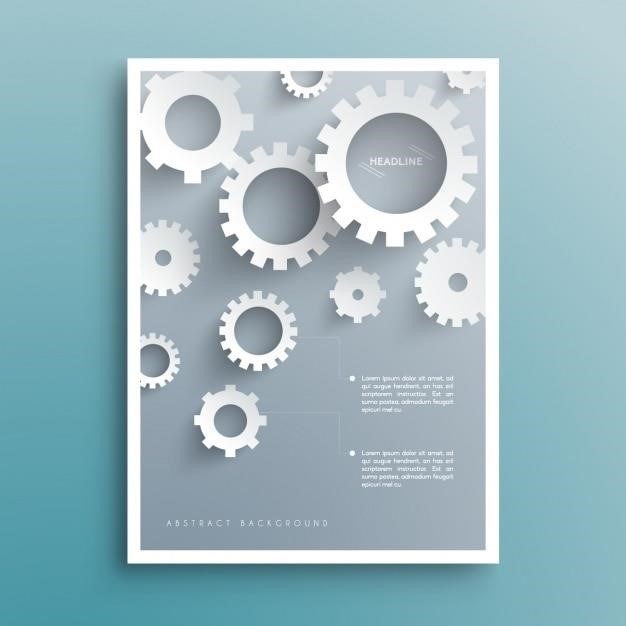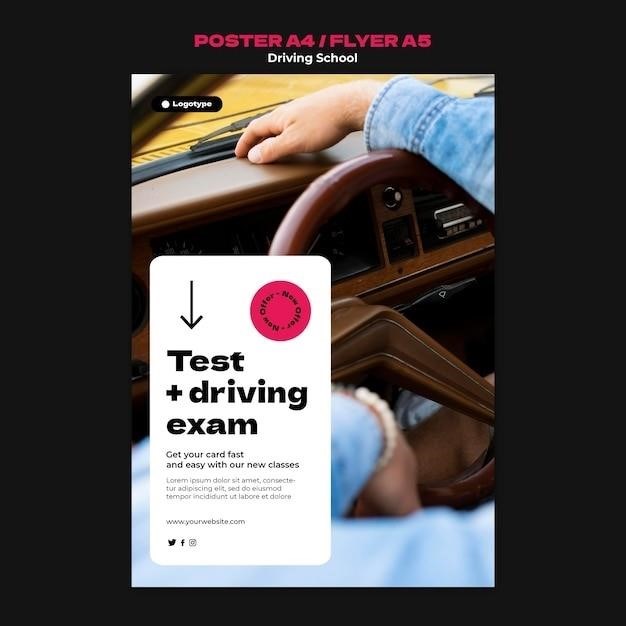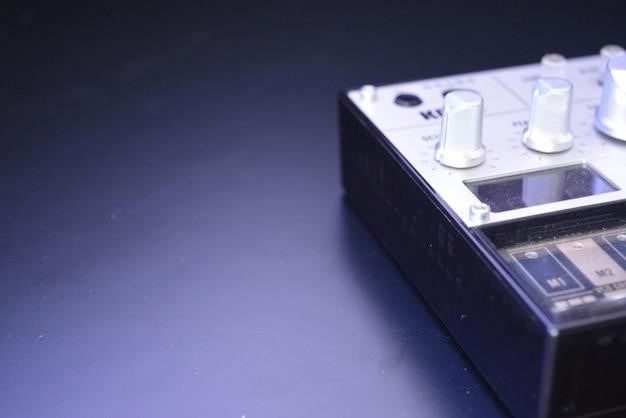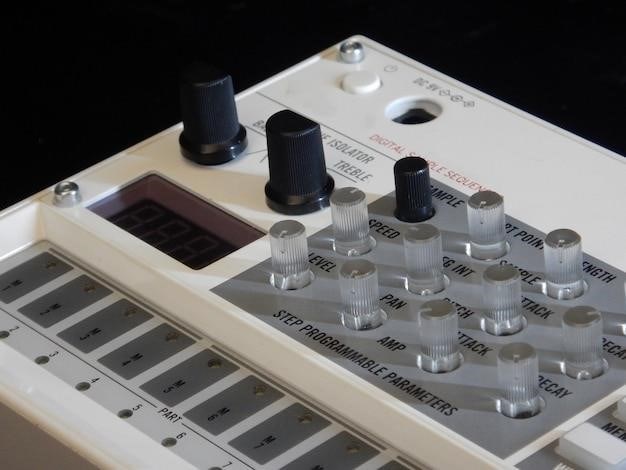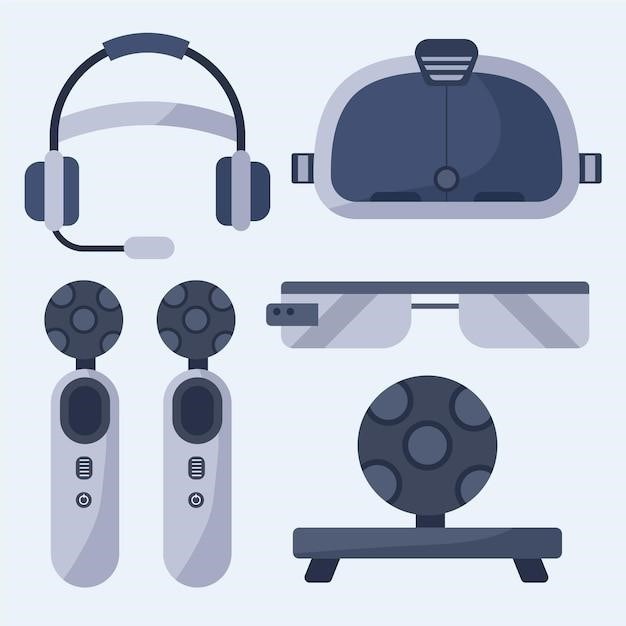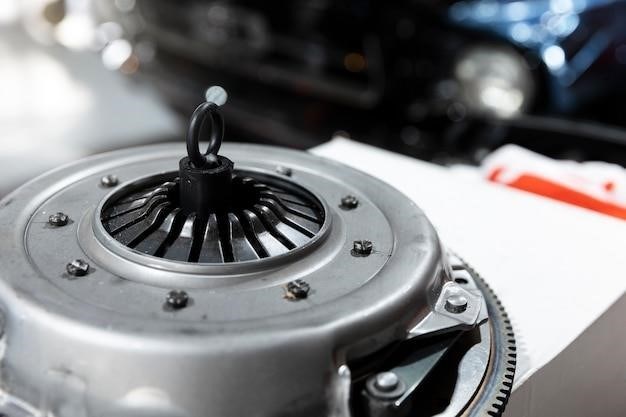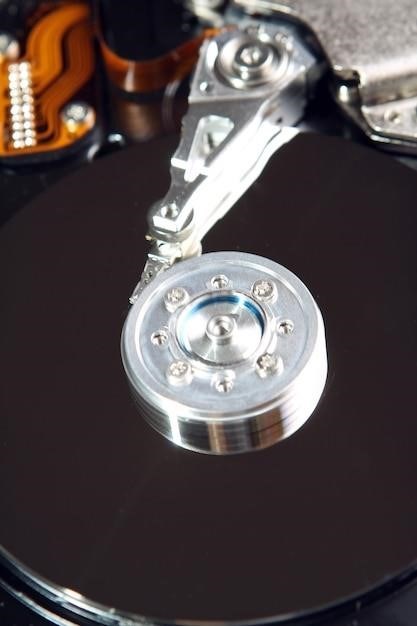Chamberlain C2202 Manual⁚ A Comprehensive Guide
This guide provides a complete overview of the Chamberlain C2202 garage door opener, including installation, features, troubleshooting, and access to the user manual․
Accessing the Chamberlain C2202 Manual
Obtaining your Chamberlain C2202 manual is straightforward․ The primary method is to download the PDF version directly from the Chamberlain website․ Their site offers a searchable database of manuals for various models, including the C2202․ Look for a section dedicated to “support,” “downloads,” or “manuals․” Searching by model number (C2202) will quickly locate the correct document․ Alternatively, you might find the manual on third-party sites offering user manuals, but always verify the authenticity and safety of the download source․ Remember to check for updated versions as Chamberlain may release revisions periodically to incorporate improvements or address any known issues․ Once downloaded, the PDF can be saved for easy future reference․ Ensure you have a reliable PDF reader installed on your device to open the file․ Contacting Chamberlain customer support is another option if you experience any difficulties accessing the manual online․
Downloading the PDF Manual
Downloading the Chamberlain C2202 manual in PDF format is a convenient way to access the instructions․ Navigate to the official Chamberlain website, typically found by searching “Chamberlain support” on a search engine․ Their site usually features a section for downloading manuals or accessing support documentation․ Search for “C2202” or the full product name to find the relevant manual․ Once located, click the download link; the PDF file will likely begin downloading automatically or prompt you to save it to your computer․ Ensure you have sufficient storage space before initiating the download․ After the download completes, locate the saved file and open it using a PDF reader like Adobe Acrobat Reader or a similar application․ The manual should contain comprehensive instructions, diagrams, and safety information․ If you encounter any issues downloading the file, check your internet connection and try again․ Contacting Chamberlain customer support may be necessary if problems persist․
Manual Availability and Specifications
The Chamberlain C2202 manual is readily available through multiple channels․ The official Chamberlain website provides a direct download option, often in PDF format․ Third-party websites specializing in appliance manuals may also host copies, but always verify authenticity to avoid inaccuracies․ The manual’s specifications include details on the garage door opener’s capabilities, such as horsepower, drive type (chain drive in this case), and safety features․ It will contain diagrams illustrating various components and their functions․ The language of the manual is typically English, although multilingual versions might be available․ Expect the manual to cover installation procedures, troubleshooting common problems, and operating instructions for the opener and its remote controls․ Remember to check the manual version number to ensure you have the most up-to-date instructions for your specific model․ The page count can vary, so anticipate a document of substantial length․

Installation Guide for Chamberlain C2202
This section details the step-by-step process for installing your Chamberlain C2202 garage door opener, ensuring a secure and functional setup․
Step-by-Step Installation Instructions
The Chamberlain C2202 installation involves several key steps․ Begin by carefully reviewing all safety precautions and warnings in the provided manual․ Ensure the power is disconnected before commencing any wiring․ Mount the motor unit securely to the ceiling or header, following the provided diagrams and specifications․ Attach the chain and trolley assembly, making sure everything is aligned correctly․ Connect the power and test the opener’s functionality using the provided remote․ Remember to program the opener to your specific garage door’s travel limits, ensuring smooth and safe operation․ Consult the manual for detailed diagrams and instructions on wiring the safety sensors and limit switches․ Proper installation is crucial for optimal performance and safety․ After the installation, test the functionality thoroughly and ensure all safety features are working correctly․ If you encounter any problems, refer to the troubleshooting section of the manual or contact Chamberlain customer support for assistance․ Remember to always prioritize safety when working with electrical components and moving parts․ Incorrect installation can lead to malfunctions and potential hazards․
Using the myQ App for Control
The myQ app offers convenient smartphone control of your Chamberlain C2202 garage door opener․ Download the myQ app from your device’s app store (iOS or Android)․ Create a myQ account or log in if you already have one․ Follow the in-app instructions to connect your C2202 opener to your WiFi network․ This typically involves entering your router’s SSID and password․ Once connected, you can control your garage door from anywhere with an internet connection․ The app provides real-time status updates, showing whether your door is open or closed․ You can also set up alerts and notifications, receiving updates if the door is left open unintentionally․ myQ allows for scheduling and automation features, such as automatically closing the door at a specific time․ Ensure your home’s WiFi network is strong and stable for reliable app performance․ Consult the myQ app’s help section or Chamberlain’s website for troubleshooting any connectivity issues․ The myQ app enhances convenience and security, providing remote access and control of your garage door․
Troubleshooting Installation Issues
If your Chamberlain C2202 garage door opener isn’t functioning correctly after installation, carefully review the manual’s troubleshooting section․ Common issues include the opener not responding to the remote, the door not opening or closing completely, or intermittent operation․ First, check the power supply to ensure the opener is receiving power․ Verify all wiring connections are secure and correctly installed according to the diagrams in the manual․ Test the remote control’s batteries and ensure they are working properly; try reprogramming the remote if necessary․ If the door is binding or moving unevenly, inspect the tracks for obstructions or misalignment․ Lubricate moving parts as needed․ Check the safety sensors located near the door’s bottom edge․ They must be aligned and unobstructed to prevent accidental operation․ If the opener still malfunctions, consult the comprehensive troubleshooting guide included in the manual or contact Chamberlain’s customer support for assistance․ They may be able to provide further guidance or arrange for professional service․

Understanding Chamberlain C2202 Features
Explore the key features of the Chamberlain C2202, including smartphone control via the myQ app and its robust safety mechanisms for secure operation․
Smartphone Control and myQ Integration
The Chamberlain C2202 boasts seamless smartphone integration through the myQ app, offering unparalleled convenience and control․ Open, close, and monitor your garage door from anywhere with an internet connection․ Receive real-time alerts regarding the status of your garage door, ensuring peace of mind․ The myQ app provides a user-friendly interface for easy operation, allowing you to manage your garage door access with effortless simplicity․ Beyond basic open/close functionality, the app provides features like scheduled openings and closings, enhancing automation and security․ This level of remote control empowers you to manage your home access even when you are away, adding an extra layer of security to your daily routine․ Integration with other smart home devices is also possible, allowing for comprehensive home automation․ Utilize the myQ app to its full potential, transforming your garage door management experience․
Safety Features and Emergency Release
Prioritize safety with the Chamberlain C2202’s comprehensive safety features․ A crucial element is the integrated emergency release cord, allowing manual operation of the garage door in case of power outages or malfunctions․ This ensures that you can always access your garage, regardless of any technical issues․ The system incorporates automatic safety reversal sensors which detect obstructions in the door’s path, preventing accidents and damage․ Should an obstacle be detected during the door’s operation, it will automatically reverse, ensuring both safety and protecting the garage door itself․ Regularly check these sensors to ensure their proper functioning, guaranteeing the safety system’s effectiveness․ Furthermore, the C2202 features a robust design, built with durable materials to withstand daily use․ Always consult the manual for complete safety guidelines and detailed instructions on how to use the emergency release mechanism and maintain the safety sensors․
Hardware Components and Specifications
The Chamberlain C2202 boasts a ½ HP chain drive motor, providing reliable and efficient operation for residential garage doors․ Key components include the motor unit itself, a robust chain drive system for smooth and quiet operation, and a durable trolley assembly for secure connection to the garage door․ The control panel features easy-to-use buttons for manual operation and programming․ A pre-programmed remote control is included, offering convenient wireless operation from a distance․ The system’s specifications include a maximum weight capacity (check your manual for the exact figure) for safe operation, and power requirements for proper installation․ Additional components might include wall-mounted buttons and sensors, depending on the specific model and configuration; Remember to consult the complete hardware list in your C2202 manual before beginning any installation or maintenance procedures․ Understanding these components and specifications is vital for efficient operation and troubleshooting․
Additional Resources and Support
For further assistance, visit the official Chamberlain website or contact their customer support for troubleshooting and FAQs․
Chamberlain Website and Customer Support
The official Chamberlain website (chamberlain․com) serves as a comprehensive resource for all things Chamberlain, including their garage door openers․ You’ll find detailed product information, including specifications and diagrams for the C2202 model․ Beyond the product specifics, the site provides access to a wealth of troubleshooting guides, FAQs addressing common issues, and video tutorials demonstrating various aspects of setup and usage․ Should you require direct assistance, the website also offers various avenues to contact Chamberlain’s customer support team․ These options might include phone support with trained technicians, email inquiries for less urgent matters, and potentially even a live chat feature for immediate responses to simple queries․ This multifaceted approach ensures users can find the help they need, regardless of their technical proficiency or the complexity of their problem․ Remember to have your model number (C2202) readily available when contacting support to expedite the resolution process․
Compatible Models and Accessories
While the provided text mentions several related Chamberlain models like the C2212T, C2405, C2102, and D2101, it doesn’t detail specific compatibility beyond suggesting that the C2202 manual might apply to them․ To ascertain full compatibility, always refer to the official Chamberlain website or contact their customer support․ Determining accessory compatibility requires similar diligence․ The manual might list some compatible accessories, but the most up-to-date information resides on the manufacturer’s website․ This includes items like additional remote controls (e․g․, the 3-button model 953EV-P2 mentioned in the text), keypad entry systems, or other smart home integration devices․ Always check for compatibility before purchasing any accessories․ Improperly matched components can lead to malfunction or even safety hazards․ Prioritize verified information from official sources to guarantee seamless integration and optimal performance with your Chamberlain C2202 garage door opener․
Frequently Asked Questions (FAQ)
Common inquiries regarding the Chamberlain C2202 often center on installation challenges, myQ app connectivity issues, and troubleshooting malfunctions․ Users frequently ask about programming additional remotes or keypads, resolving problems with the safety sensors, and understanding the emergency release mechanism․ Questions about the opener’s power requirements and the meaning of various indicator lights are also prevalent․ Specific concerns regarding compatible accessories and warranty information are frequently raised․ For detailed answers to these and other questions, the official Chamberlain website provides comprehensive FAQs and troubleshooting guides․ Directly contacting Chamberlain’s customer support offers personalized assistance with complex issues or those not readily addressed in the online resources․ Consulting the provided user manual is crucial for understanding basic operation and resolving minor technical problems before seeking further support․






